As an objective visual aesthetic element, the color in nature has a stable aesthetic meaning as the cognitive ability of the aesthetic subject improves and the aesthetic interest accumulates. Human cognition of the objective color world is the sublimation of people from material cognition to spiritual cognition, so color has strong psychological properties and emotional factors. During thousands of years of history, the Chinese people, with their unique cultural character, have gradually formed their own philosophical and discursive view of color in their consideration of nature and themselves.
1 Traditional Chinese Color Theory
Ancient Chinese color theory is mostly derived from man's profound understanding of ecological phenomena in nature, as well as the imitation and generalization of natural colors. On this basis, the ancients linked their understanding of color with the traditional "Wuxing (五行, five phases)" philosophy, forming a very oriental flavor of the "Wuxing & Wuse (五行五色, five phases, and five colors" color theory.
When the ancients began to understand color at the beginning, they saw that everything in the world was covered with harmonious and beautiful colors, so they had the desire to follow suit and collected colorful objects for their own decoration.
With a further understanding of color, the ancients discovered that beautiful colors could be printed and dyed on clothing somehow, and the history of clothing color began. It can be seen that bionic color methods have been applied consciously or unconsciously before the color theory was created.
Since the Zhou Dynasty, people have incorporated the theory of "five colors" into the "five phases" system, considering them to be the original colors of the "five phases" and matched with five directions: wood and green in the east, fire and red in the south, earth and yellow in the center, metal and white in the west, and water and black in the north.
The theory of "five colors" sets "Qing (青, green), Chi (赤, red), Huang (黄, yellow), Bai (白, white), and Hei (黑, black)" as the five main colors, and the other colors are called inter-colors, and inter-colors are mixed from the main colors, this theory is the result of the ancient people from the nature's phenomenon of inspiration, induction summary.
According to the five elements, the main colors are the result of the promotion of things; the inter-colors are the result of the rejection of each other, thus producing the contrast between the positive color is noble and the inter-color is inferior.
In the Han Dynasty, the color of clothing was prescribed by the ruling dynasty as a marker to distinguish between the noble and inferior classes, and the "clothing color of five phases" emerged. These specific properties of color were used to serve the political function of the ruling class, and became an important means of consolidating the feudal system. The traditional color theory of costume combined various concepts such as nature, universe, ethics, and philosophy, and made practical colors into philosophical thinking, forming a distinctive Chinese color culture.
2 Traditional Chinese Color Naming
The ancient people did not have a fixed name for colors, and often had different names for the same type of color. For example, the earliest dictionary in the world, Shuowen Jiezi, contains 39 color terms, among which white (白) is described as follows: The character "皎 (jiǎo)" is used to describe the brightness of the moon, and the character "皙 (xī)" is used to describe the fairness of human skin. The character "皤 (pó)" is used to describe the whiteness of an old man's hair, and the character "皑 (ái)" is used to describe the whiteness of snow.
Although all belong to the same white, but because of their surface texture, luster, warm and cold, and different degrees of intensity, to people's feelings are not the same. So in the color naming, the ancients in order to distinguish different colors in people's psychological feeling of the difference, also used the corresponding name to describe, so that the color name is very rich and vivid.
In addition, "Shuowen Jiezi" as China's earliest document to record the color of ancient fabrics, its explanation of color and the color of fabrics at that time also have some connection, such as its recorded.
- 红帛赤白色也: pink color silk is mixed by red color and white color.
- 绿帛青黄色也: green color silk is mixed by cyan color and yellow color.
- 紫帛青赤色: purple color silk is mixed by cyan color and red color.
These are through the fabric to help people understand the names of different colors and their meaning, see the popularity of colored fabrics at that time.
For different colors in the same color scheme, it is customary to name them after different objects in nature. For example, the Yuan and Ming period popular reading "Sui Jin" recorded that the ancients used the color of objects to represent brown, for example: dead bamboo, lotus root, agarwood, and brick.
The naming of colors by the ancients came from their association of natural things related to hue as well as expansion. When expressing a specific color, they used to define it by the things related to that color, such as names of plants, fruit, animals, place, dye vats, etc.
3 Cultural Character of Traditional Chinese Colors
The visual sense of color is the first sense of the beauty of clothing, and people's perception, imagination, memory, and thinking of color are inseparable from their aesthetic consciousness and aesthetic interest. Color has a strong expressive tension, people can convey their thoughts and feelings through the reasonable application of color. Similarly, in the long-term historical activities, the character traits and spiritual temperament of the nation can also be effectively conveyed from its color style.
Due to the passionate pursuit of auspiciousness in Chinese folk culture, traditional costume culture pays great attention to the symbolic meaning of colors. During festive events, people's costumes and scenes are decorated with bright and lively colors, forming a unique and distinctive Chinese color style. In addition, out of the infinite worship of natural colors, there is a close connection and echo between the colors of costumes of different regions and the environment, showing a harmonious and unified oriental hue.
3.1 The strong and distinctive red gene
China is a nation that reveres the color red, in traditional Chinese ethnic costumes, such as women's dresses in the Jinzhong region of Shanxi are mostly in brighter colors, with red accounting for most of them. In the traditional costumes of the Jiangnan region, red is also often used as a contrasting decorative color, with big red, rose red, peach, pink, etc. The rich colors bring visual aesthetic changes. The folk costumes in the Qilu region even take various red colors as the main expression color, and gradually form a personalized regional color style.
In addition, many folk affairs in social life are also based on red, such as the red couplets, firecrackers, and paper cutouts for the Spring Festival, which shows the irreplaceable position of red in the traditional costume color. Red is a symbol of good luck and happiness in general, but when applied to different occasions, it is also given a more colorful folklore meaning.
3.1.1 Warding off evil spirits and seeking good fortune
Red has the symbolic meaning of warding off evil spirits and seeking blessings in traditional Chinese folk culture. Red is one of the three primary colors and has the greatest visual impact. In the five phases, red represents fire and the meaning of prosperity and brightness, so in Chinese folk psychology, red rises to the quality of warding off evil and praying for blessings. For example, when the Spring Festival, every family loves to paste red couplets, red candles, and fire red firecrackers to spend the night of New Year's Eve.
Legend has it that in ancient times there was a fierce beast called "Xi (夕)", which came to the village at the end of the year to devour livestock and harm people's lives. Until one year, a white-haired old man who promised to drive the beast away came to the village for a sleepover.
That night, the old man arranged in advance to lit many red candles. When the beast came into the village as in previous years ready to wreak havoc, white-haired old man dressed in red robes, and lit up red firecrackers. The beast was terrified at the sight, trembling, and fled in fear. Since then people set this time of year as "Chu Xi (除夕, New Year's Eve).
3.1.2 Auspicious and festive
In the history of the development of traditional folk culture, red gradually developed from warding off evil spirits to become the meaning of auspicious, and festive, and where there is red, there is a happy, lively, and auspicious. In northern China, people often hang red lanterns on festive days to create a festive and lively atmosphere.
About the custom of red lanterns, it is said that when Huang Chao rebellion, the rebel army was ready to enter the attack Yuncheng, scouting the enemy in danger, was saved by an old man. In order to avoid killing the benefactor by mistake after entering the city, the uprising army asked the old man to hang a red lantern on the gate as a sign.
But the old man was kind-hearted and revealed the news to his relatives, so many people hung up red lanterns. Since then, the custom of hanging red lanterns has been slowly promoted and passed down, one is to thank the benefactor for saving his life, and the other is to hold people's prayers for good luck and peace.
The auspicious meaning of red in folklore is also expressed in traditional Chinese weddings, in order to pass on the folklore meaning of happy marriage and happiness. In traditional wedding customs, the bride will always wear a bright red wedding dress, phoenix crown, and then covered with a red veil, sitting on a red palanquin, the groom wearing a red robe, hanging on a big red silk flower embroidery ball. The wedding site will also be decorated with a lot of red elements, not only to highlight the festive atmosphere of the wedding, but also to wish the couple a prosperous and auspicious life in the future.
It is easy to associate the color red with many good wishes such as good luck, celebration, smoothness and peace, which has become the traditional psychology and thinking pattern of the Chinese nation.
3.1.3 Justice and valor
Red is also a symbol of loyalty, courage, and justice in traditional Chinese folklore. In traditional opera, there are characters with red faces, which act as friendly or likeable characters in stories, or represent integrity or righteousness in the process of conflict resolution.
The red face is also used to show the character of loyal, brave and straightforward, bloodthirsty, and courageous characters, such as the "red-faced Guan Yu", who is full of righteousness and often eliminates harm for the people, so in folklore and stage operas, people "paint" his face red to convey the people's to his love. In addition, in the Peking Opera repertoire, the "red face" is also painted on Zhao Kuangyin, Jiang Wei, and other righteous characters.
The Chinese saying "Chang Hong Lian (唱红脸)" is quoted from the opera culture to describe a reasonable and righteous intermediary who can effectively resolve conflicts, and most of those who are decent, straightforward, and eloquent.
3.1.4 Beautiful and virtuous
The red color also represents the image of beautiful, gorgeous, and flamboyant women in the Chinese nation, such as women's makeup called "Hong Zhuang (红妆, red makeup)" and beautiful women with grace called "Hong Yan Zhi Ji (红颜知己, female confidant)", etc. These are all symbols of beauty with red color.
3.2 Subtle and elegant cyan tone
Cyan is an important part of traditional Chinese color theory, which is consistent with the statement in Shuowen Jiezi that cyan represents the oriental color.
Due to the limitation of ancient dyeing techniques, the two colors of cyan and blue in the fabric chromatography are similar colors, and it is difficult to precisely delineate the boundaries of the transitional colors in the middle, so this ambiguity is reflected in the Chinese language, which gives rise to the color word "Qing (青, cyan)" with diverse meanings, and there is also the saying "The color cyan is made out of blue, but is better than blue." is also used.
The application of these two hues in traditional costumes is extremely common. The blue and cyan series with different brightness and purity are typical traditional costume colors for Chinese folk women.
Take the Jiangnan region as an example, the color combination of cyan and blue dresses is highly harmonious with the natural environment of Jiangnan water town. The cyan and blue lapel patchwork shirt, wide and detailed apron, and small accessories embellished with red and green embroidery are in harmony with the blue sky, green hills, white walls, green bricks, and black tiles of the residential buildings in Jiangnan.
These traditional dresses are still worn by many older women in some parts of China. In addition, the blue cloth with design in the white craft of Jiangnan folk also embodies the beauty of oriental women's beauty, elegance, and subtlety, and appropriately conveys to people the social environment and humanistic mood of Jiangnan water town.
Cyan, also referred to the color Dai (cyan-black) in ancient times. Because of the relatively low brightness and purity of cyan-black in the ancient theory of the five colors, cyan-black gradually became the common clothing color of the common people, for example, the ancient people often described the working people as "Qing Yi Xiao Mao (青衣小帽)", and the "Qing Yi" refers to a kind of clothes made of cyan-black fabric.
And to future generations, cyan-black is given a subtle and understated traditional color temperament, commonly used in men's and women's robes and shirts, appearing introverted and humble.
3.3 Color combination of black and white
In ancient China, black and white held an important place in social life as the main colors, and were first considered as the dress color, serving the political function of the ruling class. Black and white itself not only has a unique color charm, also has a role in reconciling the color scheme.
3.3.1 The black and white color in ancient times
From the color analysis of the dresses of various dynasties in history, it seems that black and white have a very long history of application, and the symbolic meaning of their colors has changed in different periods.
The ancients called black color as Yuan (元), Zi (缁) or Zao (皂), and also called reddish black as Xuan (玄). The inherent quality of white is spotless, so people often associate it with purity, sanctity, light, cleanliness, emptiness, ethereal and other imagery, and the ancient Chinese literati often used plain white clothes to symbolize their noble ideals.
According to "Lüshi Chunqiu", black was worn in the Xia Dynasty and white in the Shang Dynasty. The main dress of men in the Zhou Dynasty was black or white tops, the nobility often dressed in white, the common people's usual preferred dress color is white, blue, Zi, and Xuan, and the slave dress color is black.
- In the Qin Dynasty, black was the noblest color, and the common people were generally dressed in white.
- In the Western Han Dynasty, black was still the most common color for men's formal dresses and court dresses, and the most honorable dresses in the Han Dynasty were the Xuan Yi (玄衣).
- During the Wei, Jin, Southern and Northern dynasties, as the Hu people entered the Central Plains and the introduction of Buddhism, the color sought to get rid of tradition, rebellion against the rituals, advocating a romantic, aesthetic philosophy of life, focusing on the elegant and dashing, so that the white color in clothing flourished for a while.
- At the beginning of the Tang Dynasty, white clothing was also popular, but after the An Shi Rebellion, black, which was used by the upper class, began to enter the people and was used by all social classes together with white, and the two influenced each other and formed the Tang clothing color culture with a sense of the times.
- In the Northern Song Dynasty, with the scholars as the mainstream, men's regular clothing were Zao or white color.
- In the Southern Song Dynasty, the status of white declined, and the use of folk would be taboo, while black became popular again and was prescribed as the formal dress color of the scholar.
- Ming and Qing dynasties and even the Republic of China, black and white dress color from the upper class to the folk have been quite popular.
3.3.2 Black and white used for clothing matching
As one of the earliest works of craft design in China, "Kao Gong Ji" records the ancient concept of color matching in China, and a considerable part of it is related to black and white.
As the two opposite colors in the colorless system, black and white act as matching colors or harmonizing colors with great advantages, they can not only be used to coordinate contrasting colors, but also as inner and colored outer robes for reasonable matching, producing endless rhythm and artistic charm.
The use of hue, color, brightness, and other contrast principles in history to match colors are: cyan with black, red with white, and white with black. The white top excavated in the Han Mawangdui comb, matches the red skirt; Song Dynasty is common cyan match with a black edge; ancient noble women's wedding dresses prefer red with black; the most popular among the literati, known for its light and elegant white with green, etc. The above examples are visible black and white commonly used in ancient clothing color matching.
As black and white are two extreme colors, black contraction and white expansion, the difference between the two in brightness is also the largest, so black and white with is an absolute brightness contrast color scheme, than with other colors can give a strong visual effect.
In our ancient rituals, the most commonly used Xuan Yi, which is black-based and white as a supplement, this color scheme looks solemn and calm, suitable for attending rituals and other formal occasions. And the white robe often worn by the ancients is white tone dominant, with a black collar, with a fresh and sprightly bookish atmosphere, for many literati favored.
3.3.3 Black and white for funeral rituals
In the traditional folk culture of the Han people, black and white also have a special use, especially the symbolic meaning of white, especially in its relationship with funeral rituals. In ancient society, rituals, military affairs, funerals for the clan's major events, in these sacred occasions, is sure to use the clan's most revered color. At the beginning of the slave society, the Xia dynasty people to black for the noble, funeral services in the dark night, the conquest of war with black war horses, sacrifices with black, etc..
During the Spring and Autumn period, it was also customary to wear black as mourning clothes in Jin. According to ancient records, during the reign of Duke Wen of Jin, he was a great successor to the state of Jin and was loved by the people.
At the time of his death, the state of Qin attacked Zheng (a vassal state of Jin), while Jin was still in mourning. The grieving soldiers and generals were so indignant that they vowed to fight the Qin army to the death. However, the new ruler was still wearing mourning clothes, so he dyed his mourning clothes black and led his troops to the battle, and defeated the Qin army.
In order to show the success of the battle, the new ruler wore the black mourning clothes to the funeral of Duke Wen of Jin, and once this practice spread, the people of Jin followed suit and later used black as the mourning clothes. And after the fall of Jin, the phenomenon of black mourning clothes gradually disappeared, but the guests who attended the funeral still mostly wore black to show their mourning for the dead.
But throughout the history of Chinese folklore, compared with black, white has a fuller expression and more extensive application in funeral rituals. Since the Zhou Dynasty, Chinese mourning clothes began to use "Su Yi (素衣)", i.e. plain clothes, robes, garments, crowns, etc., mostly white. At that time, the mourning ceremony not only required the mourning clothes to be white, but also could not wear black clothes or black hats. White mourning clothes were used until the Qing Dynasty.
All in all, black and white occupies a very important position in the traditional color scheme, and has deeply influenced the future generations. The ancients dressed in black and white for beauty or good use of black and white and color system to harmonize and contrast, so that the clothes look more body and beautiful.
With the pulse of the times strong and weak changes, black and white with its mysterious, noble, noble, spontaneous character irreplaceable gradually become popular color, civilian color, also become the eternal color style in Chinese history.
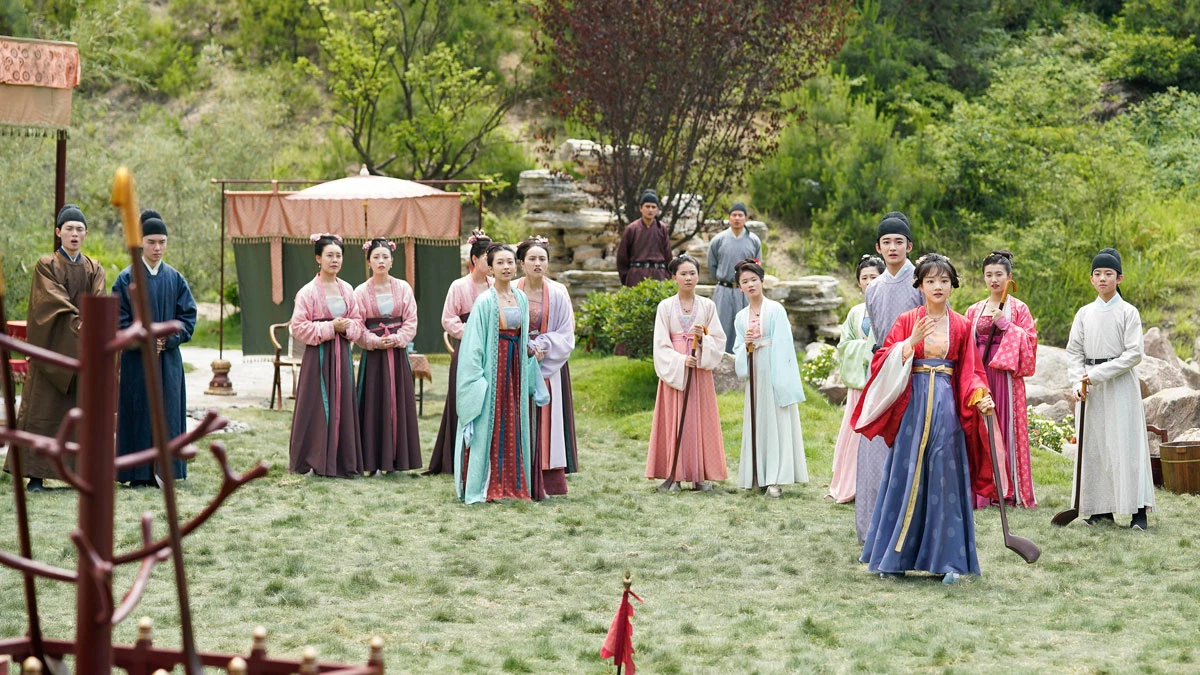
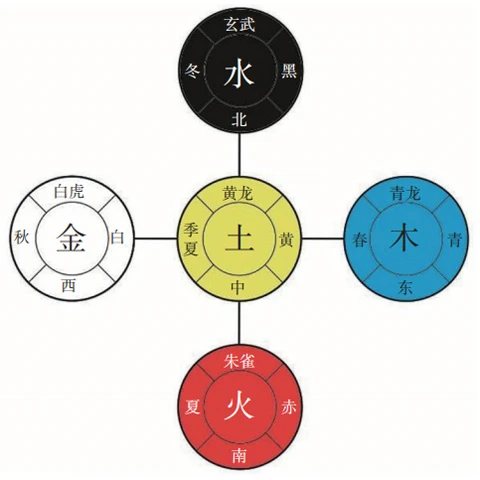
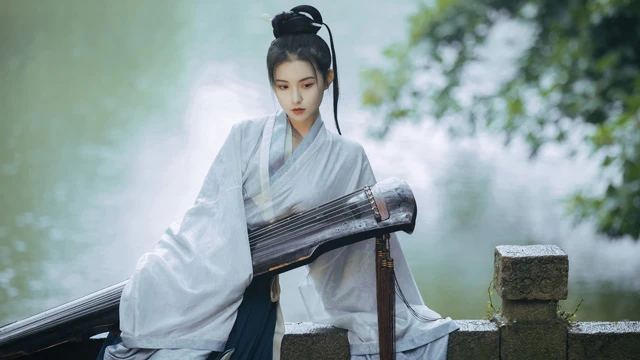
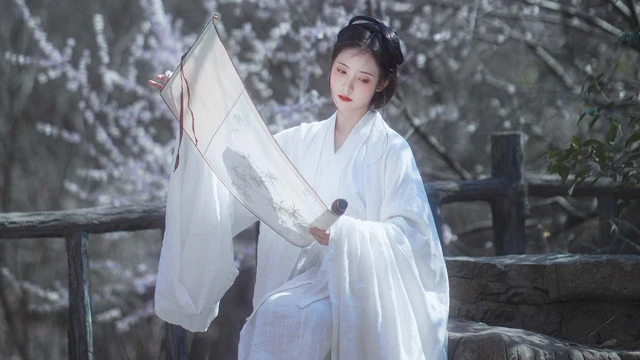
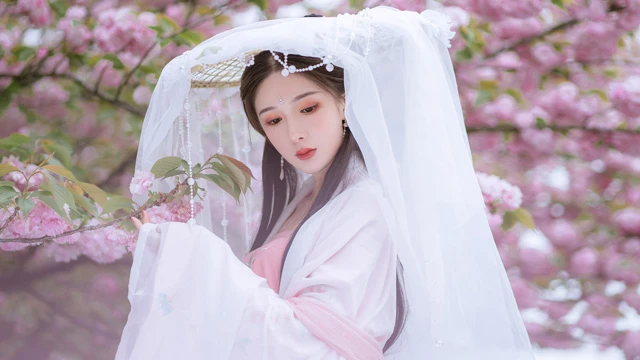
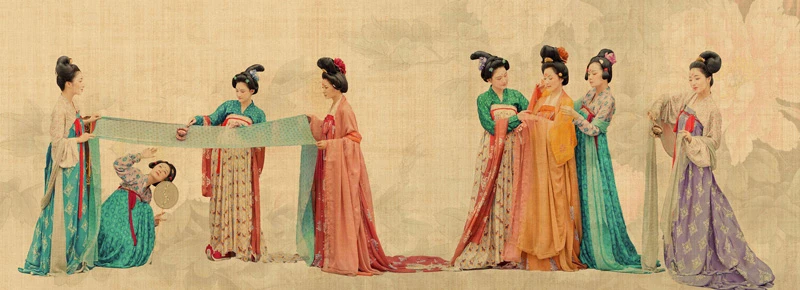
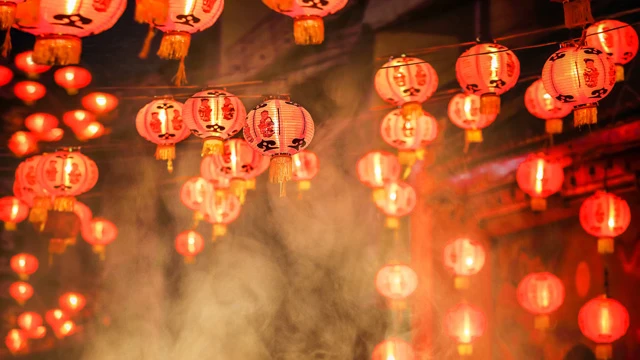
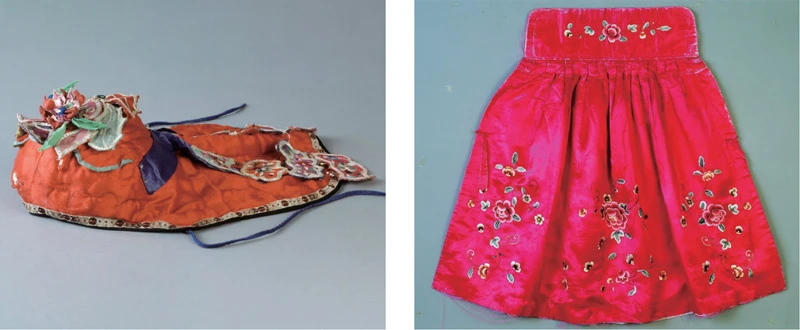
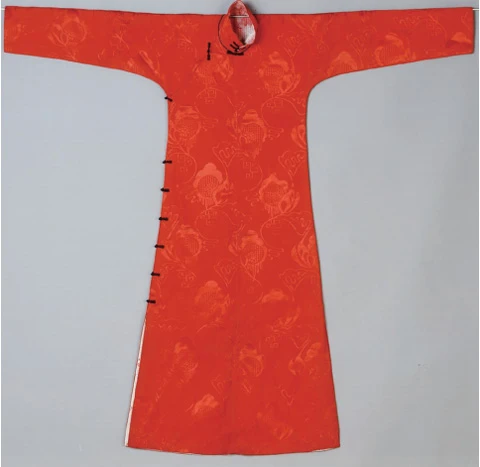
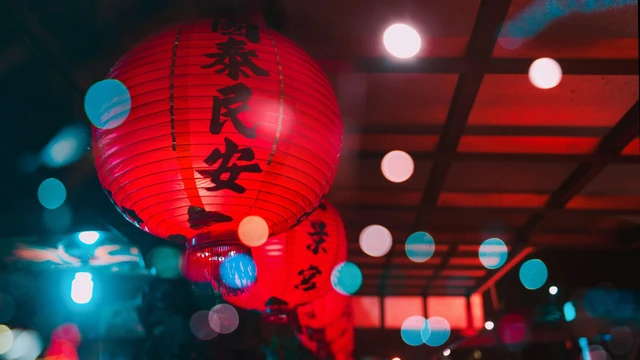
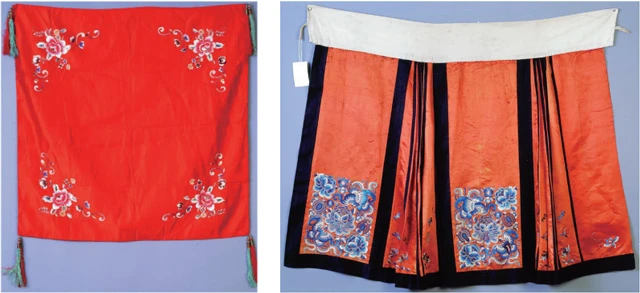
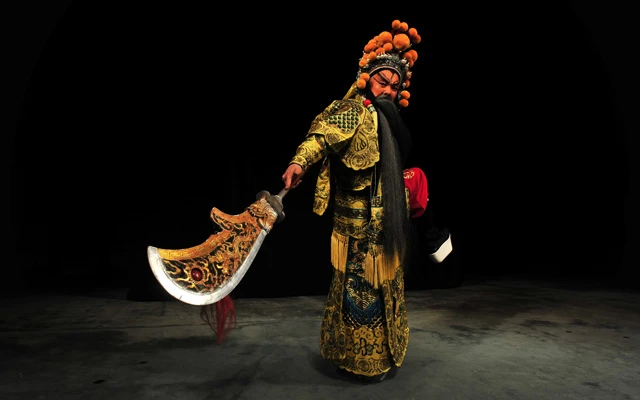
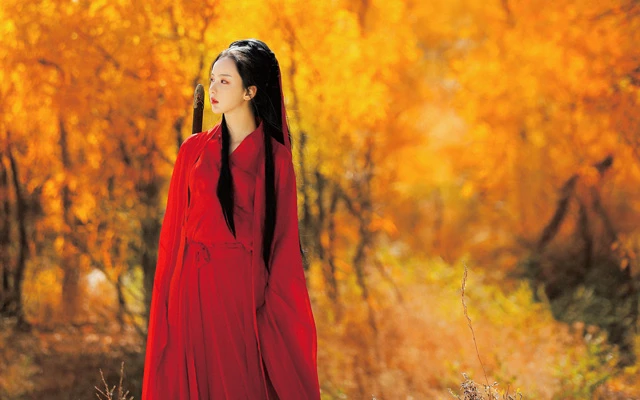
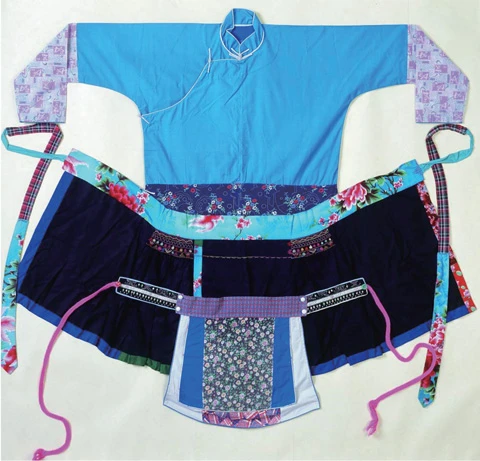
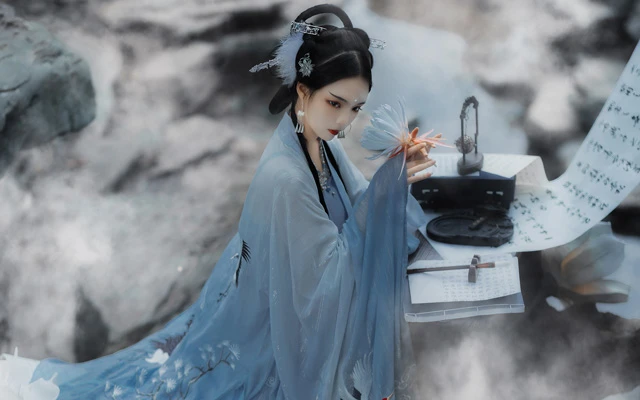

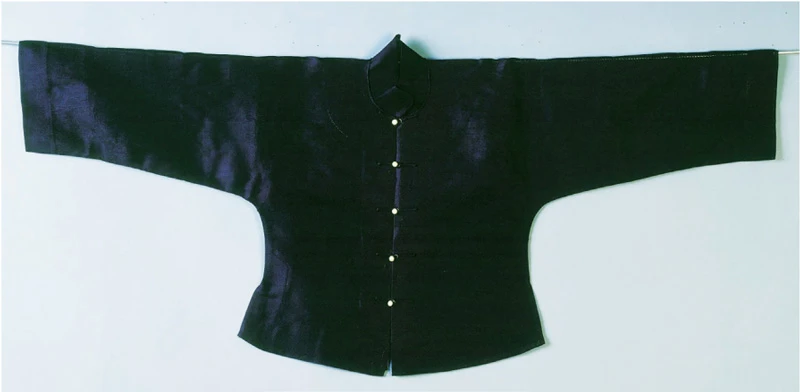
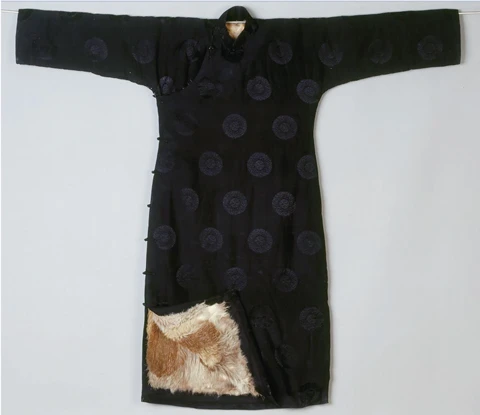
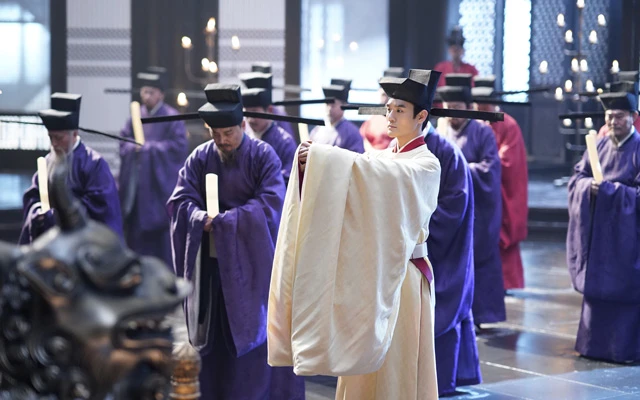
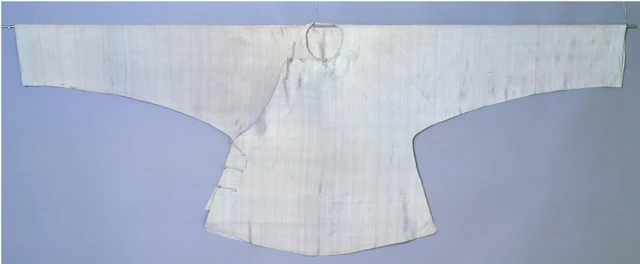
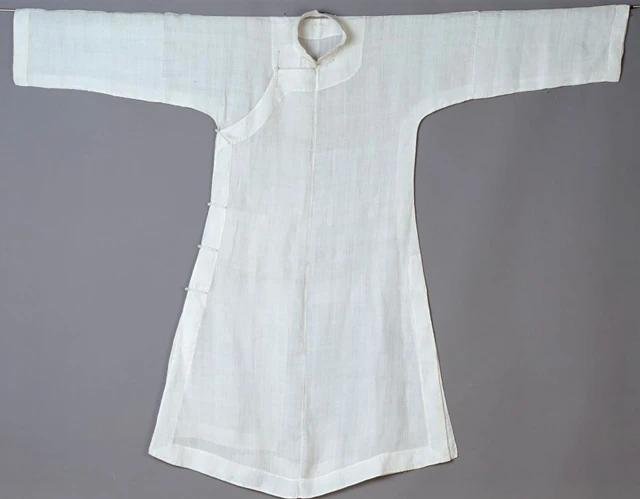
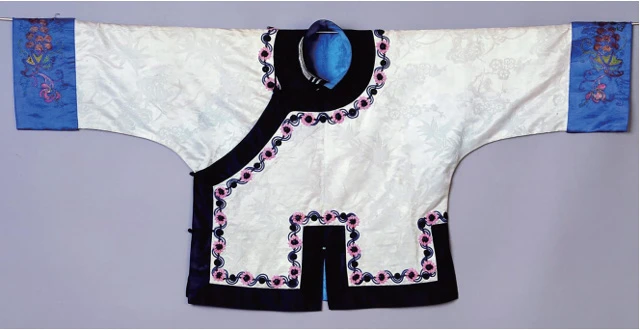
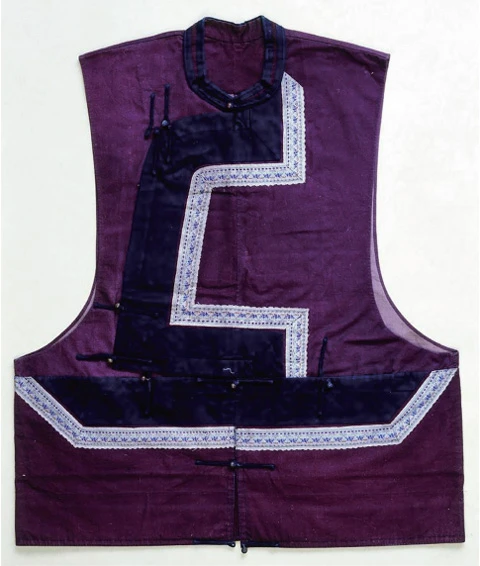
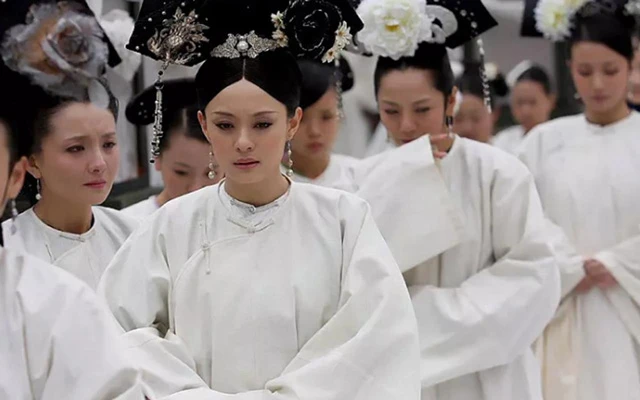
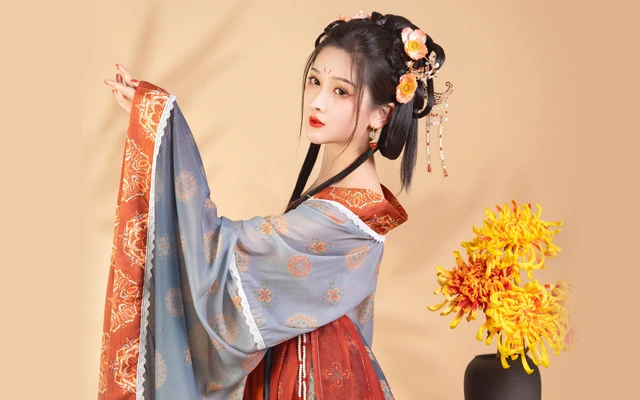

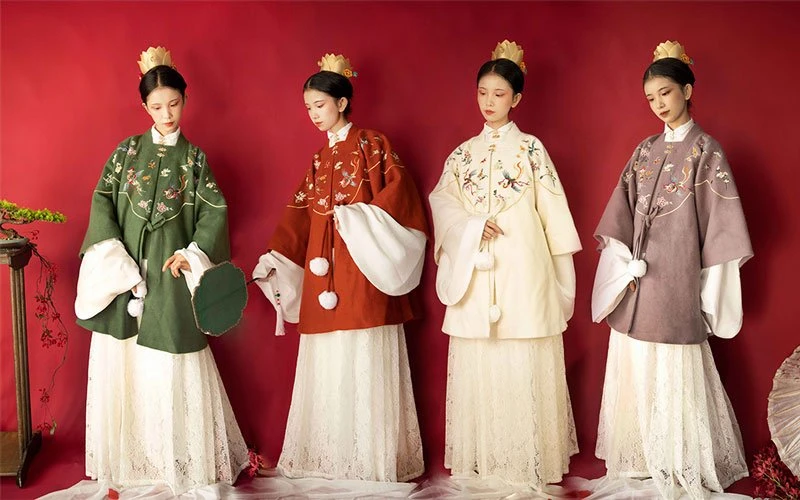

Very comprehensive article! Thank you! 🙂
I'd love to learn more about Chinese historical colors, primarily if there were conventions for combinations that were followed depending on trends in each era. I'm thinking somewhat along the lines of how in Heian Japan they famously had their juunihitoe combinations. Any potential resources (sites, books in English) you can think of that may be along these lines?
Itu keren, warna apa saja bisa menggambarkan suasana hati
Warna pakaian juga memiliki arti